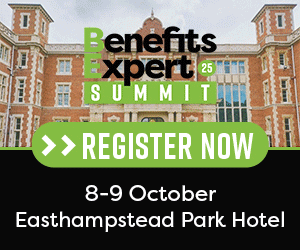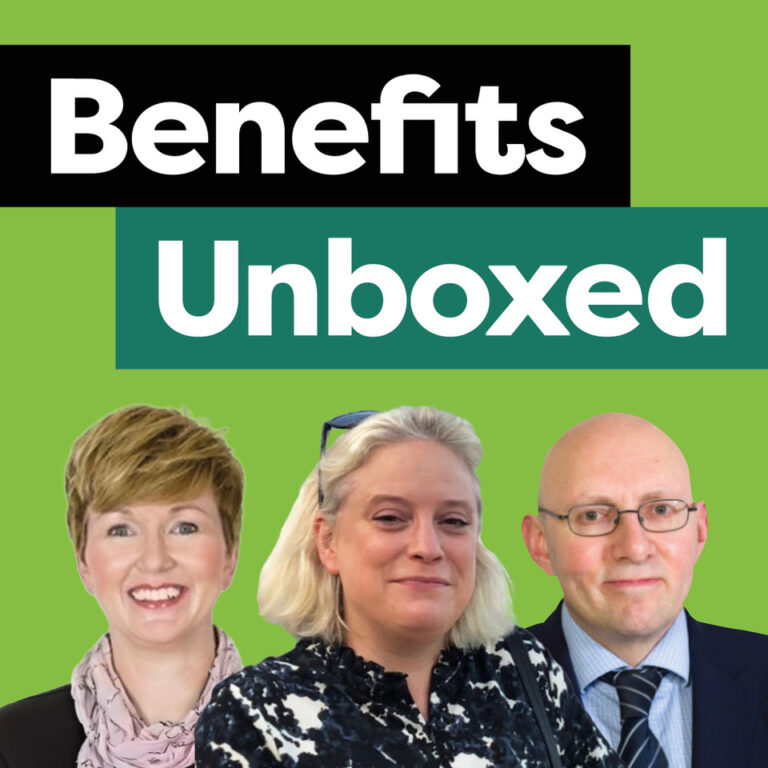Often credited to management guru Pete Drucker, the saying ‘if you can’t measure it, you can’t improve it’ is particularly apt when considering how data can be used – and used better – to inform organisational health and wellbeing strategies.
Since the pandemic, there has been an explosion of interest – and investment – in workplace health and wellbeing, highlights Mike Tyler, co-founder of data analytics firm Fruitful Insights. The difficulty for employers, however, is knowing whether they’re spending money on the right tools and interventions. And this is where being on top of your data can help.
“It is about having the evidence, being shown the evidence, that something is making a positive difference. Without data, you can’t even be sure that what you’re doing might in fact just making things worse,” Tyler points out.
“Take mental health first aiders; they’ve become all-pervasive. It’s not that mental health first aiders in themselves are a bad thing but, for your organisation, if you decide to invest in mental health first aid training, you need to know the extent to which it is doing any good,” he adds.
Understanding what to measure
There can be many reasons why someone isn’t using or taking up a benefit. In the best-case scenario, it may simply be that they don’t need it. Or it can be because they’re unaware of its existence or simply that it isn’t important or relevant to their life stage or priorities.
Without effective data, however, as an employer, you’re unlikely to know which it is, emphasises Dr Jeanette Cook, UK principal strategic consultant for health solutions at Aon.
“The companies we are seeing who are getting great insight are doing it monthly or quarterly. For example, we recently worked with one company that had put in private medical insurance (PMI) but then found that their 20-to-25-year-olds were opting out,” she points out.
“So they had to look at what it was that cohort needed. If they’d left it for a year or even three years, it would have been a complete waste of PMI offering, not meeting employee needs and not helping with employee retention,” Cook adds.
It is also a question of understanding not just what you can measure – for example absence data, employee assistance programme (EAP) usage or take-up of specific benefits – but also what you need to measure, which may not be so obvious.
“If your data is showing that, say, you have 1,000 calls to your EAP, and half of those are to do with finances, that’s great at one level; it shows the EAP is looking after 500 people who worried about their finances,” explains Steve Herbert, wellbeing and benefits director of insurance advisory firm Partners&.
“What it also shows is it you probably need to be putting in some practical preventative intervention to stop them needing to make those calls. That, in turn, will probably mean your return on investment from the EAP will go down the following year – because you’re not getting as many calls.
“It’s counter-intuitive but in an ideal world you don’t really want your employees using your benefits at all. You want to get to a point where they’re not actually needing to use those benefits. But you’re very unlikely to get data that shows that. If your health and wellbeing strategy is doing its job, and your employees are well and thriving, that’s actually very hard to see through the data,” he adds.
Touchpoint and pulse surveys
This could mean looking at things like presenteeism alongside absence, gauging traffic to your wellbeing portal, engagement with occupational health, and monitoring use of apps, for example.
More general employee engagement and pulse touchpoint surveys may also be able to show some of this, plus simply thinking creatively about what you’re asking employees and how you then analyse it. It can also – very simply – be a question of really getting out and talking to and engaging with your people, perhaps through employee forums or feedback groups or bespoke focus groups. And then keeping on at it.
“Organisations too often use employee benefits, particularly around wellbeing, as a very reactive mechanism. What we need to be focusing on also is the proactive stuff, the preventative health interventions and wellbeing services that make a difference,” highlights Karl Bennett, wellbeing director at employee benefits provider Vivup and chair of the Employee Assistance Professionals Association UK.
Alongside this, it is vital to show your employees that their feedback is being listened to and acted on. “It is important to be clear, to show, that you’ve heard what people have said. To be able to say, ‘and these are the things that we’ve done’,” Bennett emphasises.
Future role of AI
Finally, what of the future? What role might, say, AI play in this evolving conversation? Erika Brodnock, co-founder and CEO of employee health and wellbeing platform Kinhub, emphasises AI very much needs to complement rather than replace human intervention and support around health and wellbeing.
“AI, used for good, offers the opportunity to both regulate and democratise access to therapies such as CBT, counselling, and coaching. Rather than replacing humans altogether, we can use generative AI to augment and scale human interventions,” she points out.
“Looking ahead to the next 10 years, I think we’ll see health and wellbeing support become more generative and holistic. Rather than having several platforms to manage different parts of our lives, we’ll have a few key platforms that help us manage everything from mental and physical health to fitness and fertility,” she predicts.
Case study: 4OC
With some 60 employees and 20 ‘associate’ consultants, London-based change management consultancy 4OC has grown rapidly over the past four years, including recently expanding into Ireland.
This has also meant its employee health and wellbeing benefits package has expanded from small beginnings, as business consultant Kim Wakelam explains.
From access to a single therapist, the company now offers employees retail discounts and an EAP (both through Reward Gateway), a cycle-to-work scheme, a work-from-home budget, and office ‘sports days’. It is also looking at venturing into life assurance and income protection and even medical benefits, though this is probably a way down the line.
Ongoing conversation and engagement with employees, plus the wider collection and interrogation of data has been central to this expansion. This has included one-to-one conversations with employees, focus groups, workshops and through carrying out a wellbeing insights assessment via Fruitful.
“We wanted [through Fruitful] to get more comprehensive data on what is the state of wellbeing within the organisation and to help identify the areas of future focus for us,” Wakelam explains.
“The key is to find an assessment tool that is going to work for your organisation, which you can use to evaluate employee wellbeing. One that aligns to your culture and how you operate as a business. The other thing, to my mind, is to look at both quantitative and qualitative data.
“The quantitative data is good for giving you that snapshot, to quantify wellbeing in a numerical value. But, because wellbeing is so personal, taking a bit of a deeper dive through qualitative research, perhaps through open forums or focus groups, can really help you dig down into the reasons behind things,” she adds.













